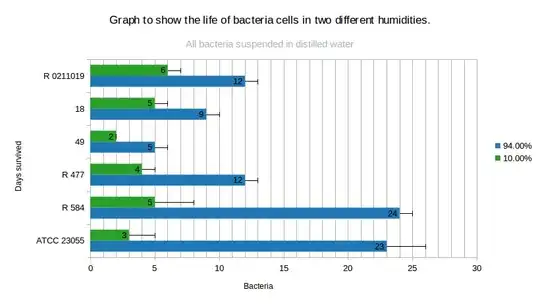I've seen it claimed that bacteria or viruses can't live on surfaces when the humidity is less than 10%. But I can't find any credible source for this. The earliest source I can find is Popular Science magazine:
Humidity also makes a difference; no bacteria or virus can live on dry surfaces with a humidity of less than 10 percent.
Is this true? And if it is, where is the evidence for it?

